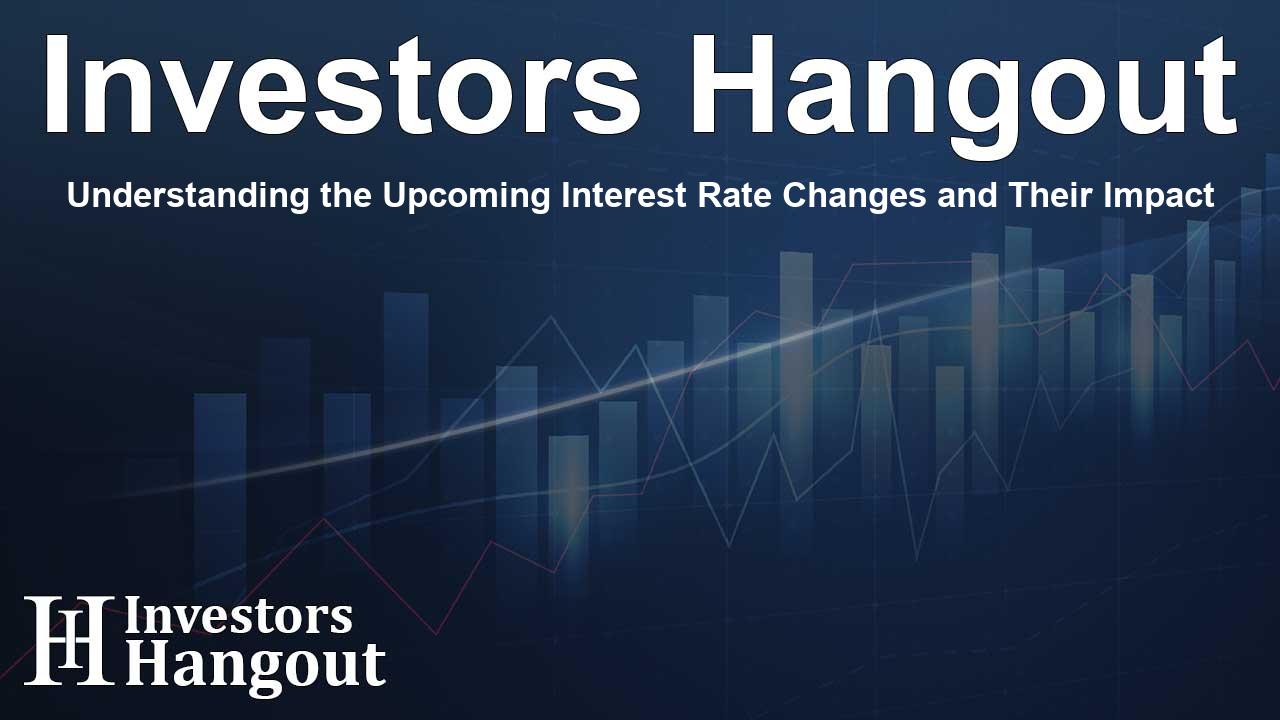Understanding the Upcoming Interest Rate Changes and Their Impact

The Anticipated Changes in Federal Interest Rates
The financial markets are buzzing with expectations regarding the federal funds rate (FFR). While there has been a general consensus that cuts will be implemented, speculation varies on the actual timeline. Initially, many analysts predicted between six to seven cuts in 2024, but our team only anticipated two to three at the most.
Market participants appear to be more aggressive in their rate cut expectations, largely due to a widespread belief among investors that the Federal Reserve must reduce interest rates significantly to prevent a recession. Historically, periods of tightening have often led to economic downturns, prompting the Fed to react by easing rates. However, we maintain a more resilient outlook on the economy's strength. Since summer, we've been forecasting that there would be one rate cut this September, with potential for a few additional cuts across 2025.
Current Market Sentiment
The convergence of opinions on rate cuts is interesting to observe. As of now, the odds suggest a 70% chance of a 25 basis points cut occurring on September 18, coinciding with the latest Federal Open Market Committee (FOMC) Statement release. There is also a 30% chance that the cut could reach 50 basis points, evidenced by historical patterns, where five out of the last six rate-cutting cycles initiated with a 50 basis points adjustment.
Projections and Surprises
As we move into the final months of the year, traders are expecting additional cuts in November and December, signaling that the FFR could drop by 150 basis points to a target of 3.75% over the next six months, followed by a 225 basis point reduction to 3.00% within the next year. Fed Chair Jerome Powell about the need for policy adjustments during a recent address, noting that decisions will be influenced by incoming data and evolving economic conditions.
Insights from FOMC's Economic Projections
Regularly, the FOMC releases its Summary of Economic Projections (SEP), with the latest figures suggesting an FFR of 5.1%, 4.1%, and 3.1% at the ends of 2024, 2025, and 2026, respectively. The predictions hint that the longer-run FFR might be adjusted downwards to 2.8%. Many anticipate that the upcoming SEP will reveal a more dovish stance on rate cuts, possibly indicating two or three rate adjustments instead of just one.
Analyzing Potential Outcomes
Regarding our insights into future rate shifts, we maintain a belief that the current economic environment is experiencing a temporary growth scare. Our interpretation of the latest employment report suggests that the data may not be as negative as perceived. We remain optimistic about potential productivity growth, which could lead to unexpected economic advancements.
Respecting the Fed's Influence
Throughout our careers, one fundamental lesson we've embraced is to refrain from opposing the Federal Reserve. Powell and other officials have signaled a clear intention to lower interest rates, aiming to avert a recession amid successful inflation control, targeting close to 2.0%. While we feel that the economy holds its own without much intervention, a more accommodating monetary policy may generate positive effects on real economic growth, potentially driven by productivity rather than employment spikes. However, economic conditions' sensitivity to political shifts, especially around election periods, will be an important aspect to monitor.
Frequently Asked Questions
What is the current outlook for federal interest rates?
The market widely anticipates rate cuts in the near future, particularly around September, November, and December.
How many rate cuts are analysts predicting?
Analysts suggest anywhere from two to three cuts during 2024, with some forecasts even hinting at higher expectations.
Why does the Federal Reserve cut interest rates?
The Fed typically reduces rates to stimulate the economy and avert a recession, especially in times of economic uncertainty.
What should investors expect from these rate cuts?
Investors may benefit from lower borrowing costs, leading to increased consumer spending and potential economic growth.
How do political elections affect interest rates?
Political outcomes can create volatility and uncertainty, influencing the economic environment and the Fed's decisions on interest rates.
About The Author
Contact Hannah Lewis privately here. Or send an email with ATTN: Hannah Lewis as the subject to contact@investorshangout.com.
About Investors Hangout
Investors Hangout is a leading online stock forum for financial discussion and learning, offering a wide range of free tools and resources. It draws in traders of all levels, who exchange market knowledge, investigate trading tactics, and keep an eye on industry developments in real time. Featuring financial articles, stock message boards, quotes, charts, company profiles, and live news updates. Through cooperative learning and a wealth of informational resources, it helps users from novices creating their first portfolios to experts honing their techniques. Join Investors Hangout today: https://investorshangout.com/
The content of this article is based on factual, publicly available information and does not represent legal, financial, or investment advice. Investors Hangout does not offer financial advice, and the author is not a licensed financial advisor. Consult a qualified advisor before making any financial or investment decisions based on this article. This article should not be considered advice to purchase, sell, or hold any securities or other investments. If any of the material provided here is inaccurate, please contact us for corrections.
